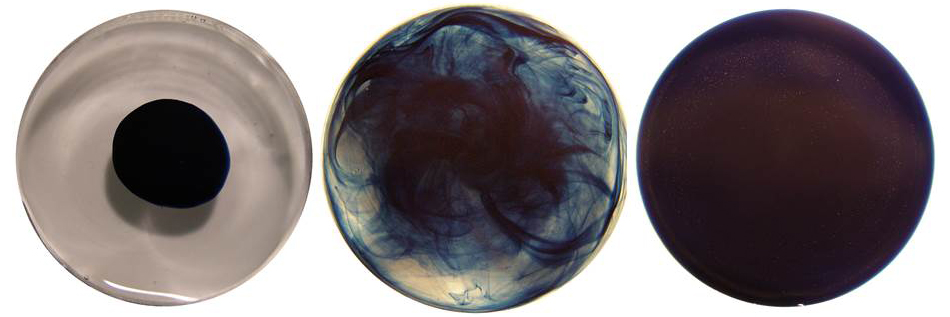
- #NON UTONIUM FLUID HOW TO#
- #NON UTONIUM FLUID FULL#
- #NON UTONIUM FLUID CODE#
- #NON UTONIUM FLUID FREE#
This is everything I’ve learnt this term, but just to finish here is a photo. This liquid is also known as a diesel exhaust. Then gets given out to Pirongia and Te Awamutu. For example, the substance AdBlue is a non-Newtonian fluid solution mixture of 32.5 urea and 67.5 DI water. Then it goes through the UV ultra violet light treatment to get rid of the micro bits floating around. Next it goes through another screening to get rid of all the particles. Then the algae and extra bits go to the bottom. Non Newtonian liquids properties change as a result of shear. Next through to the second pond that gets rid of the extra nutrients. Then goes into the first pond, where it gets rid of most of the bacteria. How it works is that the water is collected in Pirongia stream then goes through screening. We went to see it at the Pirongia Water Works. Do you know how much work it takes for your drinking water to be safe? Much more than you think.

Capillary action is caused by a liquid being able to flow through narrow spaces. The reason the water walks between the cups and paper towels is capillary action.
#NON UTONIUM FLUID HOW TO#
Getting back to the experiments have you ever wondered how to bend H20? It is actually quite simple to bend H20, all you need is static electricity, but really what makes static electricity? Well it needs a negative charge and a positive charge.
#NON UTONIUM FLUID FULL#
What happens is that the sun evaporates the water then the water gets stored up inside the clouds which is called condensation, next when the clouds get too full it rains and causes precipitation. Baiscly the water cycle is about condensation, precipitation and evaporation. The liquids can have different densities by the thickness. Another experiment we did was layering liquids, layering liquids is all about the density of liquids. When less pressure is applied it will be liquified. In non-Newtonian fluids, viscosity can change when under force to either more liquid or more solid. Oobleck is a non-newtonian fluid so when pressure is applied it will turn to a solid. A non-Newtonian fluid is a fluid that does not follow Newtons law of viscosity, that is, it has variable viscosity dependent on stress. Water comes in three different states, a solid, liquid or a gas. The word H20 means two hydrogen atoms and one oxygen atom is put together to create H20. You didn’t just make me look like a mayonnaise flavored gargoyle wrapped in non utonium fluid.
#NON UTONIUM FLUID FREE#
A decoupling between the vertical columns of the gradually varying flows allows to reduce the determination of these vertical profiles to the numerical solution of an implicit equation depending on the slope of the free surface.This is what I learnt about H20 (water) this term.

This modeling allows to consider vertical velocity profiles that deviate significantly from the normal profiles (balance between geometric and frictional slopes) usually assumed. The modeling of free surface flows of non-Newtonian fluids using a 1D Saint-Venant type approach has been the subject of another study. The discrepancies between these laws and the viscoelastic behavior of Carbopol were documented and explained (Lacaze et al., Journal of Non-Newtonian Fluid Mechanics, 2015).

The rheological behavior observed in this experiment, after optimization of the rheological parameters, was compared to the behavioral law measured with the laboratory precision rheometer. The flow generated by the rotation or oscillation of the inner cylinder of a free surface tank was documented using PIV measurements in a horizontal plane.
#NON UTONIUM FLUID CODE#
This work, based on numerical simulations with the community code JADIM of the IMFT, motivated experimental work with Carbopol, appreciated for its adjustable non-Newtonian behavior (Hershel-Bulkley law) and its transparency. A sensitivity analysis to the parameters, in particular to the critical threshold of parietal stress, was conducted. A second approach, continued until 2019, consisted in modeling the water-silt mixing by a Bingham-type behavior law. Different instabilities, responsible for resuspension, were documented using linear analysis, followed by turbulent direct numerical simulation. A first approach consisted in modeling the mud cream by a fluid of spatially varying viscosity, depending on the sediment concentration. The research focus on the modeling of non-Newtonian flows materialized with the publication of a PhD thesis work in 2014 on the resuspension of cohesive sediments, representative of estuarine bottom silt (Harang et al., Environmental Fluid Mechanics, 2014).


 0 kommentar(er)
0 kommentar(er)
